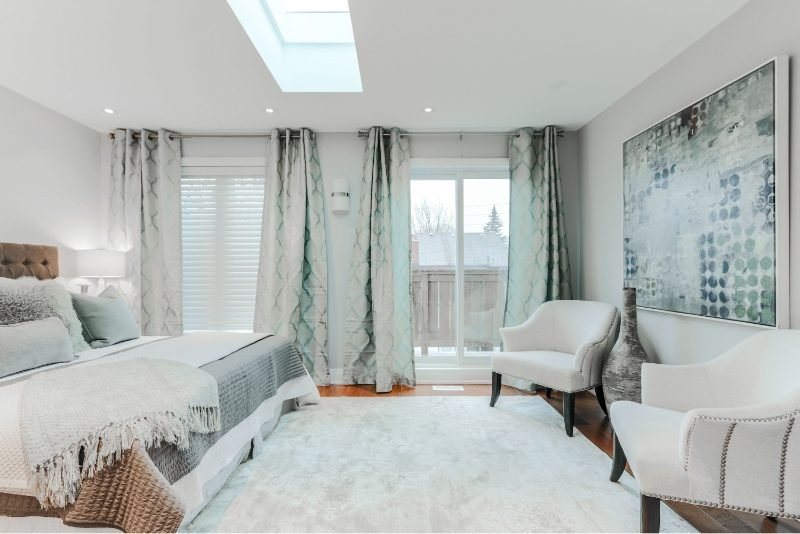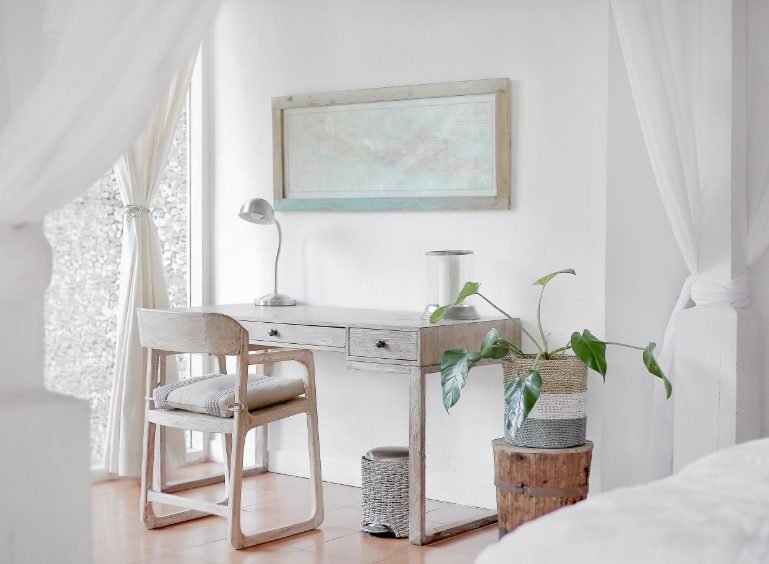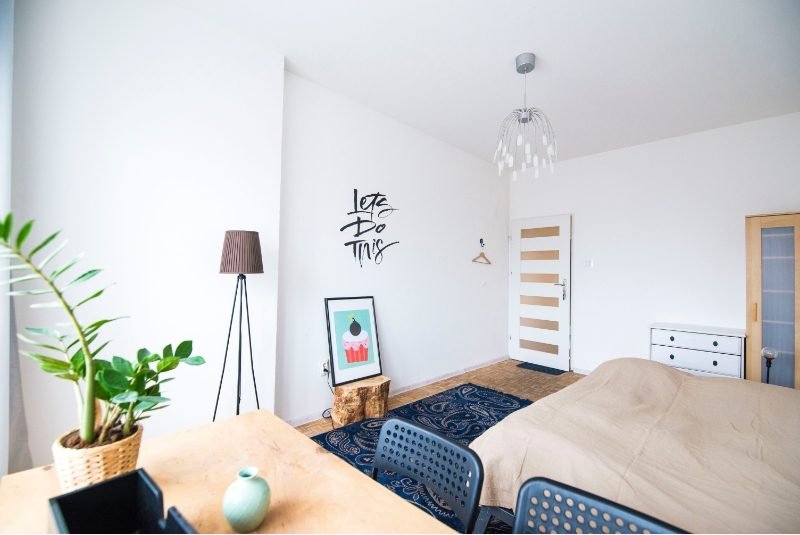
Parametric design is revolutionizing architecture by leveraging computational tools to create complex, adaptable, and efficient structures. This approach uses algorithms and parametric modeling to explore a vast array of design possibilities, pushing the boundaries of traditional architecture. This blog delves into the world of parametric design, its applications, benefits, and impact on the future of architecture.
Parametric design involves the use of algorithms to define relationships between various design elements. By adjusting parameters, architects can quickly generate and evaluate multiple design iterations, leading to innovative and optimized solutions.
Software like Rhino, Grasshopper, and Autodesk Revit are commonly used in parametric design. These tools allow architects to create complex geometries and structures that would be difficult or impossible to achieve through traditional methods.
Parametric design enables the creation of intricate and fluid forms that challenge conventional architectural shapes. Structures like the Beijing National Stadium (Bird’s Nest) and the Heydar Aliyev Center in Baku are iconic examples of parametric architecture.
Architects use parametric modeling to optimize building facades for performance and aesthetics. By adjusting parameters related to sunlight, wind, and views, they can design facades that enhance energy efficiency, comfort, and visual appeal.
Parametric design streamlines the design process by allowing architects to explore and refine multiple options rapidly. This efficiency leads to optimized solutions that are both innovative and functional.
Parametric design provides unparalleled flexibility, enabling architects to tailor designs to specific site conditions, client needs, and environmental factors. This customization results in buildings that are uniquely suited to their context and purpose.
Parametric tools facilitate the design of sustainable buildings by allowing architects to analyze and optimize environmental performance. Parameters related to energy consumption, daylighting, and thermal comfort can be adjusted to create eco-friendly designs.
Parametric design is closely linked with digital fabrication techniques, such as 3D printing and CNC milling. These technologies enable the precise construction of complex geometries, expanding the possibilities for innovative architectural forms.
The Shard, designed by Renzo Piano, utilizes parametric design to create its distinctive glass facade. The parametric approach allowed for the precise alignment of glass panels, optimizing views and light while achieving a striking aesthetic.
The Al Bahar Towers feature a dynamic facade that responds to sunlight, reducing heat gain and improving energy efficiency. This adaptive design was achieved through parametric modeling, demonstrating the potential for responsive, sustainable architecture.
Parametric design is transforming the architectural landscape, enabling the creation of innovative, efficient, and sustainable buildings. As computational tools and digital fabrication techniques continue to advance, parametric design will play an increasingly vital role in shaping the future of architecture. Embracing this approach will allow architects to push the boundaries of creativity and functionality, delivering designs that are as dynamic as they are impactful.




There are many variations of passages of Lorem Ipsum available majority have suffered alteration some .